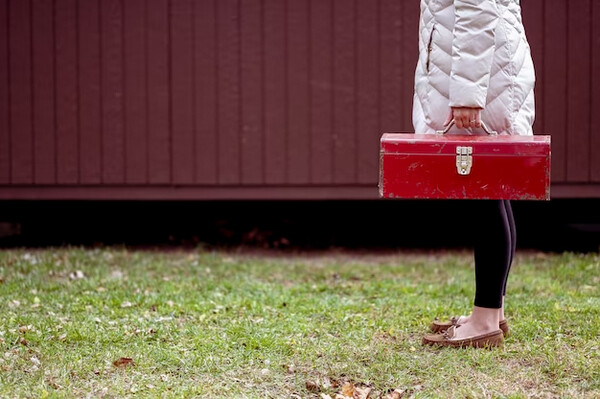A Look Inside the Stewardship Toolbox

There are many tools inside the ‘stewardship toolbox’ – numerous programs and resources that people can use to promote and take part in environmental stewardship and healthy environments. Here’s a quick overview of two of those resources – land trusts and conservation easements.
What is a land trust?
Land trusts are typically non-profit, charitable organizations that have as one of their core activities the acquisition of land or securing interests in land (like conservation easements) for the purpose of conservation. Land trusts work with private landowners to conserve natural landscapes, scenic and agricultural lands, as well as wildlife habitat on privately owned land. These private protected areas complement public protected areas like national and provincial parks. In Alberta, they are governed by the Alberta Land Stewardship Act.
Why are land trusts important?
Land trusts work to preserve the natural beauty, environmental health and agricultural value of the landscape. Many of the areas include space for hiking, bird watching, snowshoeing, cross country skiing, fishing and hunting. Making space for the community, preserving scenic views and protecting precious natural resources are all valuable ways that land trusts can improve the landscape and enrich the lives of landowners and the public at large. Learn more about some of the regional land trusts in Alberta.
What is a conservation easement?
A conservation easement (or CE) is an agreement between a landowner and a qualified organization to preserve and protect the environmental and/or scenic values of a piece of land. Any landowner can grant a conservation easement but only qualified organizations – such as land trusts -- can hold an easement. In general, conservation easements restrict certain development in order to protect ecological, scenic and/or agricultural values associated with the land. Municipal governments can also hold conservation easements in Alberta.
A conservation easement is placed on the land title and is typically held in perpetuity. The landowner still owns the land and the easement holder (or land trust) helps preserve the land and monitors the site. Both parties work together to conserve the property’s natural value. Every conservation easement is unique to the land and landowner; no two will be exactly alike.
Just a few examples of organizations that act as grantees or holders of conservation easements include Alberta Fish & Game Association, Nature Conservancy of Canada and Edmonton and Area Land Trust. Here's a list of qualified organizations (land trusts) in Alberta that can hold conservation easements.

